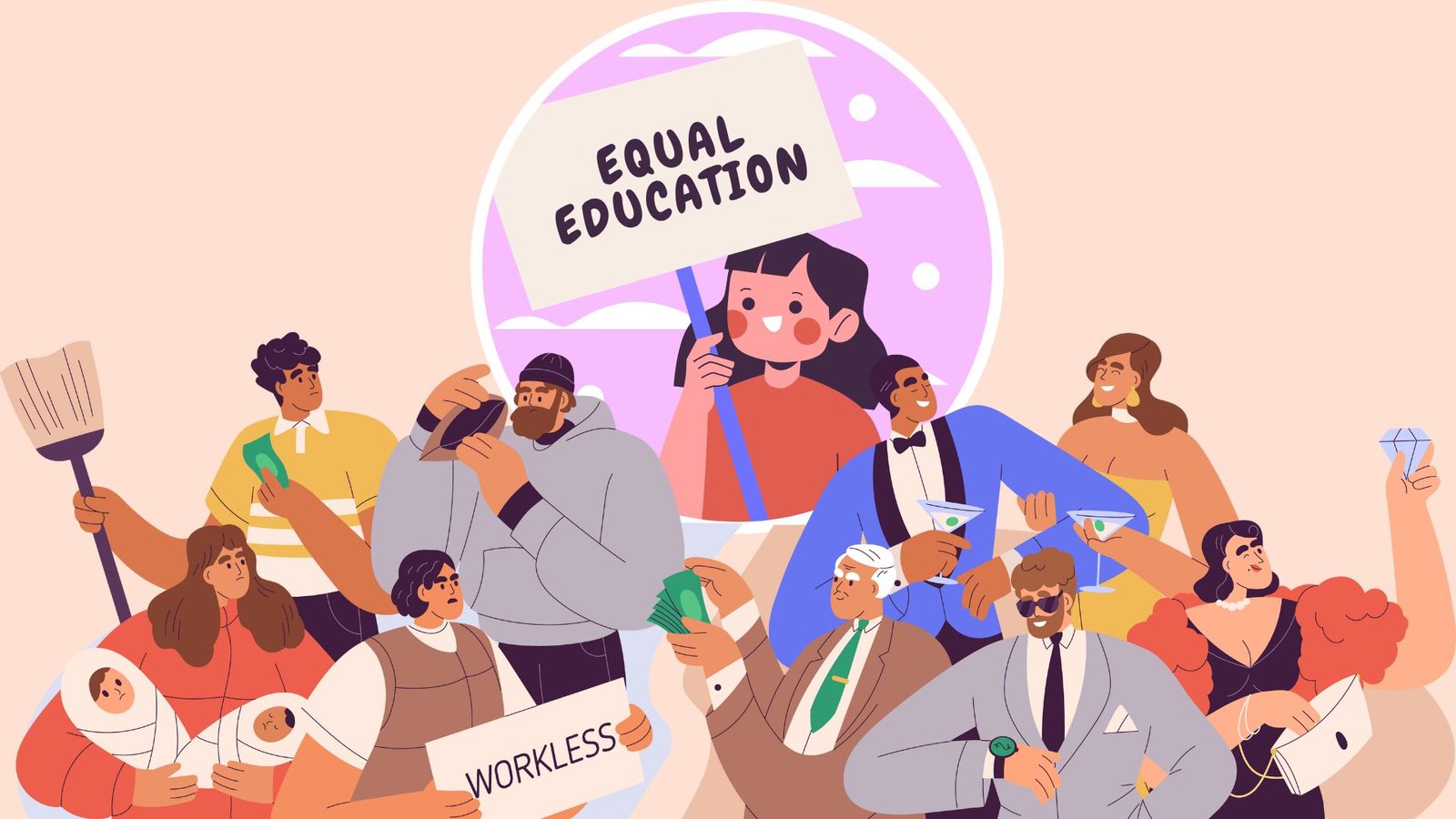During my fieldwork in Mankhurd’s Cheeta Camp (Mumbai), two young girls studying in an Urdu-medium school approached me after my session on the Right to Education (RTE) Act, which mandates a 25% reservation for underprivileged children in private schools. With hopeful eyes, they asked, “Will we get admission in this school?” Their enthusiasm was heartwarming, and after a long conversation on their current state of schooling, I assured them with hope: “Yes, you will.”
However, this interaction led me to uncover a grim reality—according to data collected by the NGO in the area, almost 90% of children in Cheetah Camp attend Urdu-medium schools with inadequate facilities and an acute shortage of qualified teachers. Shockingly, these children are neither properly trained in Urdu speaking or writing, and many rely on teachers to help them pass their exams. After extensive research, I realized that this is not an isolated issue; it is the story of every slum in Mumbai, where children predominantly attend Marathi, Urdu, or Hindi-medium schools, struggling with substandard education.
The Bigger Picture: A National Crisis
If this is the situation in a metropolitan city like Mumbai, what must be the condition of rural, urban, and semi-urban areas? We often discuss success, high-paying jobs, and a rapidly growing economy, but are these aspirations the same for most Indian children? The harsh truth is that for millions, the real fight is not about securing prestigious jobs but merely about accessing basic education.
According to Education for All in India, as of the 2023-24 academic year, approximately 47.44 million children between the ages of 6 and 17 are out of school in India, accounting for around 16.8% of this age group. Similarly, a Times of India Report highlights that during the COVID-19 pandemic, only 27% of children in Mumbai’s slums had access to e-learning, further deepening educational disparities.
Despite India being a mixed economy, our current trajectory leans dangerously toward a capitalist model, where even acquiring knowledge comes at a price. Today, when a couple welcomes a newborn, they immediately start saving for schooling and education. But what about parents who struggle daily for basic necessities? The privatization of schools and colleges has already pushed a significant number of students out of the educational race. Is this the right path to development? We may have strong foundational values, but are we building a future where underprivileged children are destined to become laborers instead of engineers?
Government Promises vs. Ground Reality
The government frequently speaks of progress, yet the stark reality is that millions of children still lack access to basic education. The question is not whether our children need exclusive private schools or well-funded public schools but whether every child, regardless of background, has the opportunity to learn. Walking down any street in India, one can witness this glaring inequality—on one side, privileged children from affluent families attending elite institutions, while on the other, children from slums struggle to secure even a basic education. This disparity highlights the urgent need for governance that prioritizes the development of schools and healthcare facilities rather than leaders who deliberately keep marginalized communities vulnerable for political gain. Education, once a fundamental right under Article 21A of the Constitution, reinforced by the 86th Constitutional Amendment, the Fundamental Duties, and the Right to Education Act of 2009, has increasingly become a privilege enjoyed only by a select few. Addressing this issue is crucial to ensuring an equitable and just society.
The Educational Divide: A Sociological Perspective
Sociologists have long studied educational inequality. James S. Coleman’s 1966 report, Equality of Educational Opportunity, emphasized that a child’s family background has a greater impact on their academic success than school facilities. Similarly, Victor M. Rios’ concept of the youth control complex illustrates how systemic barriers push underprivileged children further into the margins, denying them opportunities for growth.
Empirical data further validates these theories. According to a study by Oxfam India, over 75% of Indian students are enrolled in government schools, yet these schools remain underfunded and poorly managed. In contrast, the rapid privatization of education has widened the gap between the rich and the poor. A 2022 report by UNESCO states that India has over 6 million out-of-school children, with the highest dropout rates among marginalized communities.
Education is not a privilege; it is a right that must be accessible to all. A nation’s true progress lies in the knowledge and empowerment of its children.

